




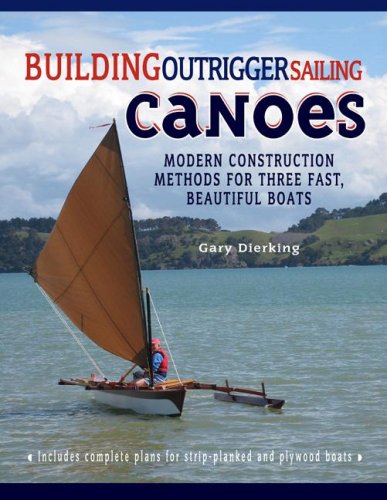



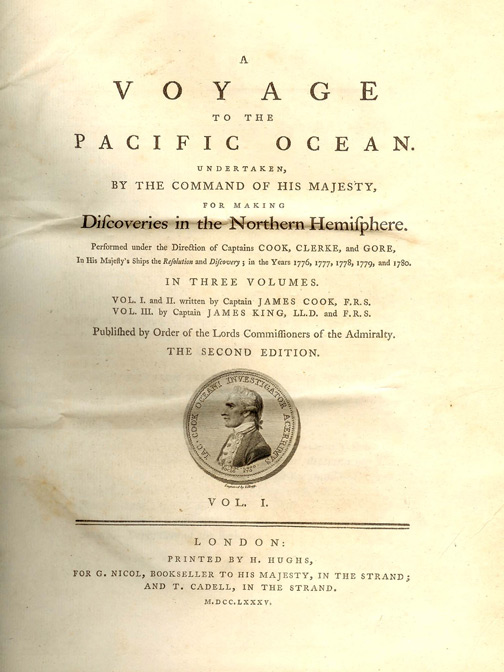
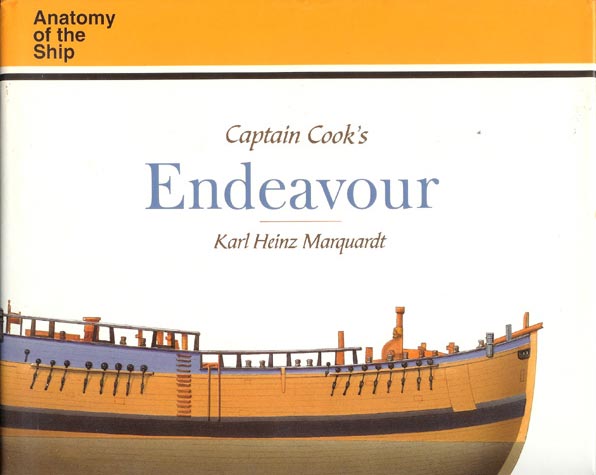











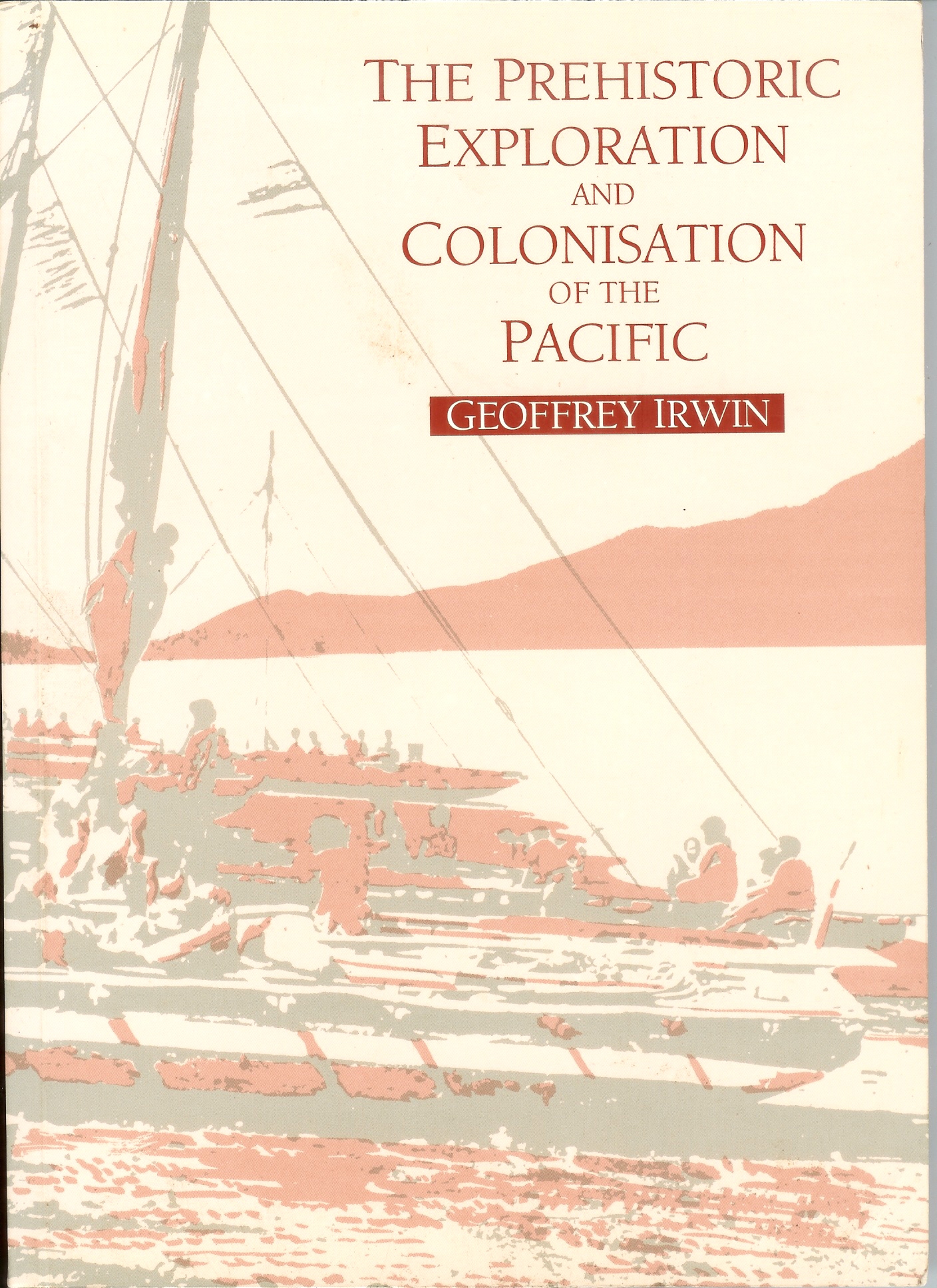



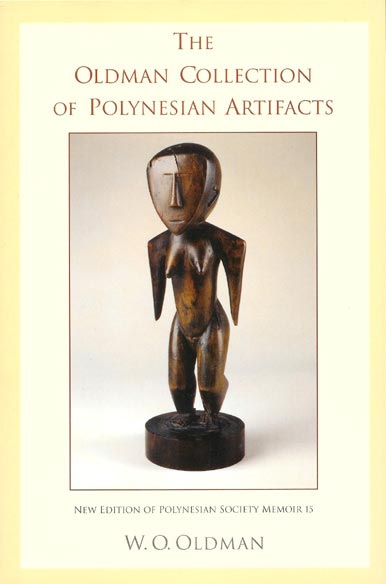


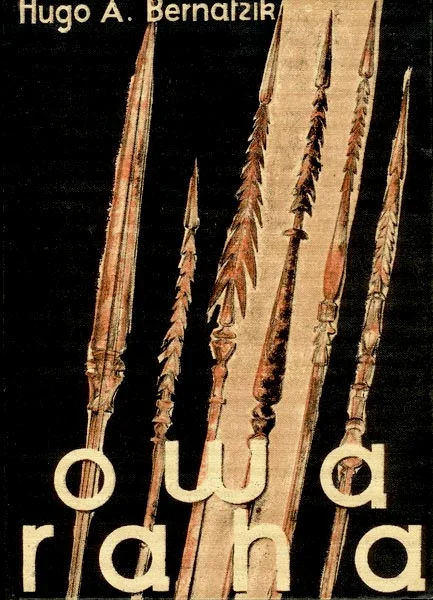









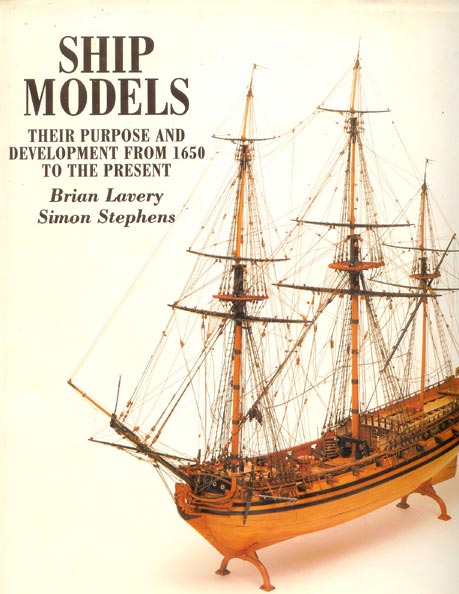









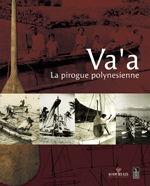






Francis Pimmel's love of boats and ships began while watching the colorful freight barges sailing along French canals. As a young boy he marveled at the decorated steering houses of each barge, and wondered how her skipper could possibly load his 2 CV car on top of the hatchways and keep his pet dog, cats or bird aboard. At 14 he bought his first book about canoe building and built his first life-size canoe with the help of his brother. Many more books followed, ranging from boat building to woodworking, another of his passions. Many years later, when moving to Hawaii with his family in 1991, Pimmel read "Hokule'a, The Way to Tahiti" by Ben R. Finney.
Since reading the story of that most audacious and little-reported voyage covering 6000 miles in a reconstructed Polynesian canoe, Pimmel's collection of rare and fine books, special subjects, studies and pamphlets on specialized aspects of Polynesian seafaring, Pacific navigators and canoe building has grown considerably.
Without doubt, a great classic of the maritime ethnography of Oceania "Canoes of Oceania" by Haddon & Hornell for its depth of research. No library would be complete without "Atlas des Violiers et Pirogues du Monde" from Admiral Paris (1843) and the now rare volumes I and II of "Pirogues Oceaniennes" by Jean Neyret, containing the line drawings and descriptions of literally thousands of Oceanic canoes covering the Pacific from Hawaii to Sumatra and from Java to Easter Island and even as far afield as Madagascar. Edward Dodd's writings about Polynesian seafaring as well as those by David Lewis contain a wealth of information for the further understanding of the wonders and secrets of Polynesia and their Pacific island Navigators. Tommy Holmes' book "The Hawaiian Canoe" is outstanding in that it treats the subject of Hawaiian canoes in great depth but with great readability. And last but not least worth noting is "Voyagers", a collection of words and images by Herb Kawainui Kane.
In addition to books relating to canoe building and Pacific seafaring and navigators, Pimmel's shelves are stacked high with books about boat design and architecture, ship modeling, rigging and sailing. His library serves an educational function, to provide understanding of the culture of the people of the Pacific, and, in particular, their maritime culture and their canoe building skills and traditions. Reading these books has helped Pimmel become aware that a multitude of canoes of different size, shape and form were built in every tiny corner of the Pacific islands, and how sometimes the construction of a given type of canoe evolved from one neighboring island to another; or how Pacific migrations influenced the shape of a type of canoe 1000 miles away (for example, the surprising similarities between the Solomon islands war canoes and some types of Filipino vessels with elevated bow and stern). Similarly, years of studying the canoes of Oceania and having assisted in the construction of some of them along the Sulu Sea, have contributed to Pimmel's knowledge of the construction of these canoes; knowledge that he makes use of in his scale models not just from Polynesia, but also other parts of the Pacific rim.
Francis Pimmel's love of boats and ships began while watching the colorful freight barges sailing along French canals. As a young boy he marveled at the decorated steering houses of each barge, and wondered how her skipper could possibly load his 2 CV car on top of the hatchways and keep his pet dog, cats or bird aboard. At 14 he bought his first book about canoe building and built his first life-size canoe with the help of his brother. Many more books followed, ranging from boat building to woodworking, another of his passions. Many years later, when moving to Hawaii with his family in 1991, Pimmel read "Hokule'a, The Way to Tahiti" by Ben R. Finney.
Since reading the story of that most audacious and little-reported voyage covering 6000 miles in a reconstructed Polynesian canoe, Pimmel's collection of rare and fine books, special subjects, studies and pamphlets on specialized aspects of Polynesian seafaring, Pacific navigators and canoe building has grown considerably.
Without doubt, a great classic of the maritime ethnography of Oceania "Canoes of Oceania" by Haddon & Hornell for its depth of research. No library would be complete without "Atlas des Violiers et Pirogues du Monde" from Admiral Paris (1843) and the now rare volumes I and II of "Pirogues Oceaniennes" by Jean Neyret, containing the line drawings and descriptions of literally thousands of Oceanic canoes covering the Pacific from Hawaii to Sumatra and from Java to Easter Island and even as far afield as Madagascar. Edward Dodd's writings about Polynesian seafaring as well as those by David Lewis contain a wealth of information for the further understanding of the wonders and secrets of Polynesia and their Pacific island Navigators. Tommy Holmes' book "The Hawaiian Canoe" is outstanding in that it treats the subject of Hawaiian canoes in great depth but with great readability. And last but not least worth noting is "Voyagers", a collection of words and images by Herb Kawainui Kane.
In addition to books relating to canoe building and Pacific seafaring and navigators, Pimmel's shelves are stacked high with books about boat design and architecture, ship modeling, rigging and sailing. His library serves an educational function, to provide understanding of the culture of the people of the Pacific, and, in particular, their maritime culture and their canoe building skills and traditions. Reading these books has helped Pimmel become aware that a multitude of canoes of different size, shape and form were built in every tiny corner of the Pacific islands, and how sometimes the construction of a given type of canoe evolved from one neighboring island to another; or how Pacific migrations influenced the shape of a type of canoe 1000 miles away (for example, the surprising similarities between the Solomon islands war canoes and some types of Filipino vessels with elevated bow and stern). Similarly, years of studying the canoes of Oceania and having assisted in the construction of some of them along the Sulu Sea, have contributed to Pimmel's knowledge of the construction of these canoes; knowledge that he makes use of in his scale models not just from Polynesia, but also other parts of the Pacific rim.
Deane's Doctrine of Naval Architecture, 1670 by Sir Anthony Deane, Brian Lavery
Canoes of Walomo by Hermione Frankel
Argonauts of the Western Pacific, by Bronisław Malinowski
South Pacific, by Hugo Bernatzik
Bois de Marine, les bateaux naissent en forêt, by Jean-Marie Ballu
Building Outrigger Sailing Canoes: Modern Construction Methods for Three Fast, Beautiful Boats by Gary Dierking
Building Plank-on-Frame Ship Models, by Ron McCarthy
Canoe and Boat Building for Amateurs, by W.P. Stephens
Canoes of Oceania, Haddon & Hornell
A Voyage to the Pacific Ocean, Captain's Cook, Clerke and Gore
Captain Cook's Endeavour (Anatomy of the Ship), by Karl Heinz Marquardt
Crocodile and Cassowary, by Douglas Newton
From Raft to Raft, by Bengt Danielsson
The Canoes of Geelvink Bay, Dutch New Guinea, by A.W.B. Powell
Hawaiian Canoe Building Traditions, by Naomi N.Y. Chan and Robin Y. Burningham
More information
Hokule'a, The Way to Tahiti, by Ben R. Finney
Modelling the Big-of-War "Irene" A Handbook for the building of historical ship models, by E.W. Petrejus
James Cook, Gifts and Treasures from the South Seas, by The Cook / Forster Collection, Gottingen By Brigitta Hauser-Schaublin and Gundolf Kruger
Pirogues et Navigation Chez Les Vezo Du Sud-Ouest De Madagascar, by Marcelle et Jacques Faublée
Melanesia, A Short Ethnography, by B.A.L. Cranstone
Navigateurs des Mers du Sud, Rene Fuerst, Musee d'Ethnographie (Geneva)
The Prehistoric Exploration and Colonisation of the Pacific, by Geoffery Irwin
Navy Board Ship Models 1650-1750, by John Franklin
Oceanic Art, by Nicholas Thomas
Oceanie, by Jean Guiart
The Oldman Collection of Polynesian Artifacts, by W.O. Oldman
The Outrigger, A History of the Outrigger Canoe Club 1908-1971, by Harold H. Yost
Outrigger Canoes of Bali and Madura, Indonesia, by Adrian Horridge
Owa Raha, by Hugo Adolf Bernatzik
Pirogues Océaniennes, Tome (Volume) I: Mélanésie, by Jean Neyret
Polynesian Seafaring, by Edward Dodd
Polynesians Explorers of the Pacific: Smithsonian Institution War Background Studies Number Six
Regard sur les Iles Salomon, by Jean-Edouard Carlier
Understanding Rigs and Rigging by Ted Brewer, Richard Henderson
Eighteenth-century Rigs & Rigging, by Karl Heinz Marquardt
Ships in Miniature, A New Manual for ModelMakers, by Lloyd McCaffery
Ship Modeling from Stem to Stern, by Milton Roth
Ship Models: Their Purpose and Development from 1650 to the Present, by Brian Lavery
The Voyaging Stars, Secrets of the Pacific Island Navigators, by David Lewis
Südsee, by Hudo A. Bernatzik
The Hawaiian Canoe, by Tommy Holmes
The Native People of New Guinea, by M.W. Stirling
More information
The Sea Nomads, by David E. Sopher
The Voyaging Stars, by David Lewis
The Wayfinding Art. Ocean Voyaging in Ancient Polynesia, by Cary Sneider, Will Kyselka
Voyage of Discovery, by Ben Finney
Va'a - La Pirogue Polynésienne, Hélène Guiot, Marie-Claire Bataille-Benguigui
Vikings of the Pacific, by Peter H. Buck
Voiliers et pirogues du monde au début du XIXe siècle, by Eric Rieth
Voyage en péniche et dans le monde des mariniers, by Huck Scarry
Wangka: Austronesian Canoe Origins, by Edwin Jr. Doran
We, the Navigators, by David Lewis